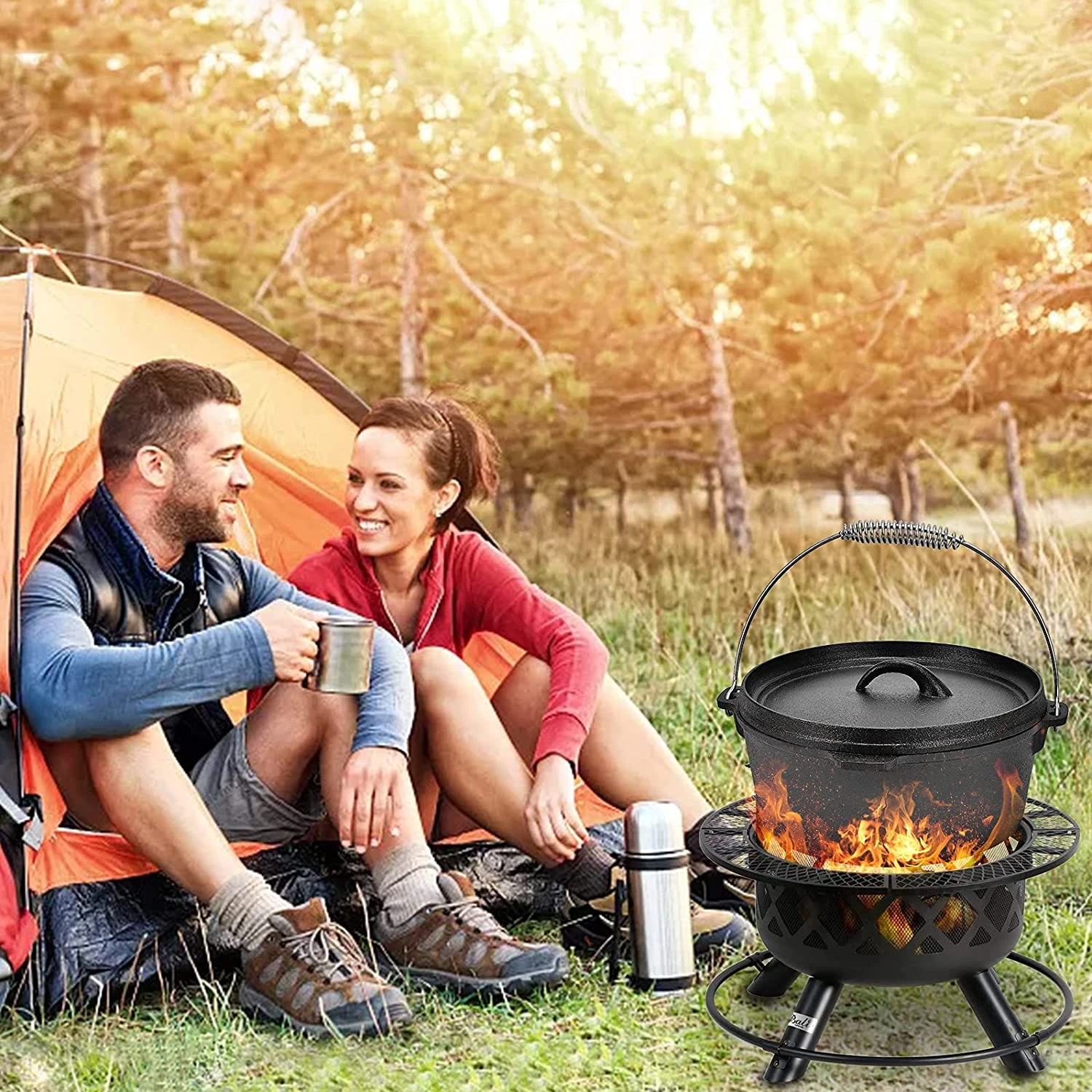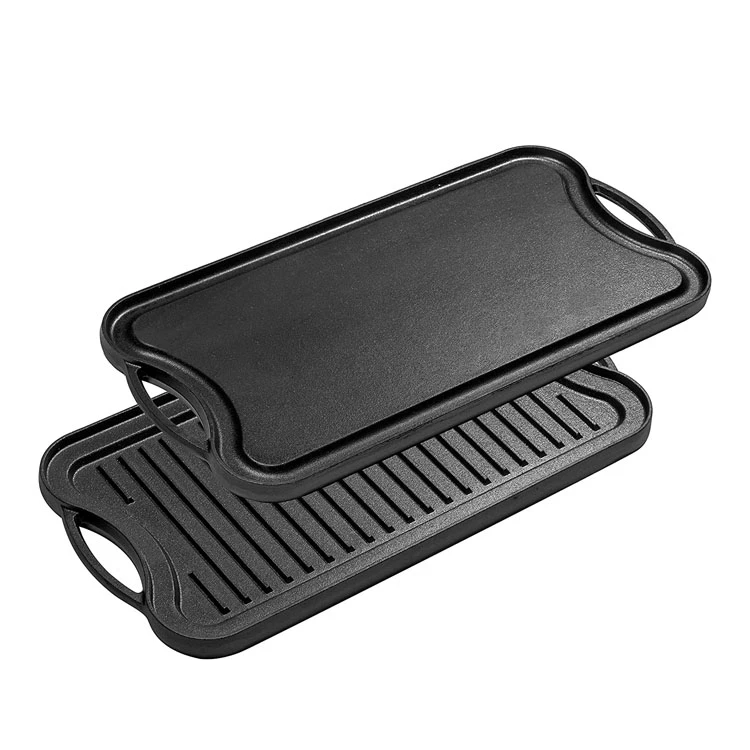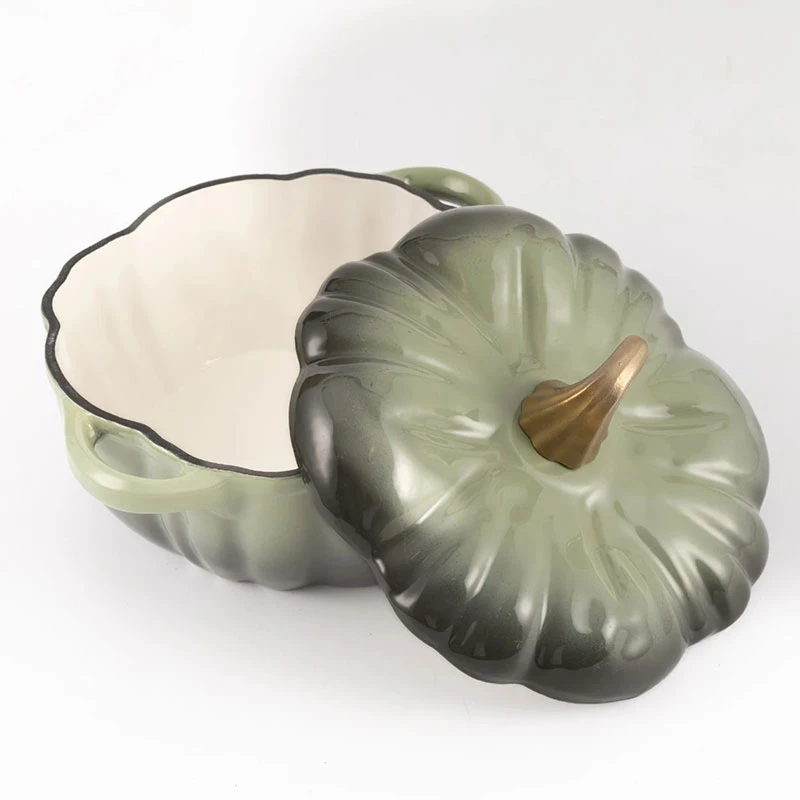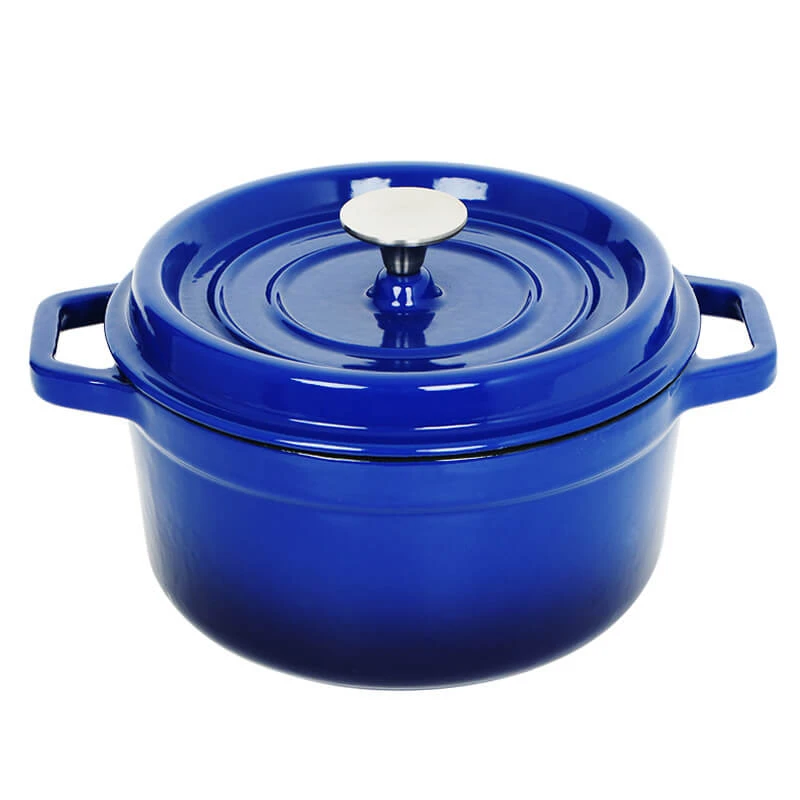
Tips for Selecting the Perfect Dutch Oven for Your Cooking Needs
How to Choose the Perfect Dutch Oven
A Dutch oven is a kitchen essential that marries versatility with durability, capable of producing delicious casseroles, soups, stews, and even bread. Its thick, heavy walls and tight-fitting lid create a self-basting environment, making it ideal for long, slow cooking. However, with a plethora of options available in the market today, selecting the perfect Dutch oven can be a daunting task. In this guide, we will walk you through the key factors you should consider when choosing the right Dutch oven for your cooking needs.
1. Material Matters
Dutch ovens come in various materials, each with its own benefits
- Enameled Cast Iron This is perhaps the most popular choice due to its excellent heat retention and even heat distribution. The enamel coating prevents rusting and eliminates the need for seasoning, making it easier to maintain. Colors are vibrant and come in a variety of options, allowing you to choose a piece that complements your kitchen decor.
- Bare Cast Iron Traditional cast iron Dutch ovens require seasoning for a non-stick surface, which can be seen as a labor of love for many home cooks. They tend to be more affordable and are excellent for high-heat cooking. However, they can rust if not properly cared for and are generally heavier than their enameled counterparts.
- Aluminum or Stainless Steel While these materials are less common for Dutch ovens, they are also available in the market. Aluminum ovens are lightweight and offer good heat conduction, but they may not provide the same even cooking as cast iron. Stainless steel is often more durable and dishwasher-safe, but it doesn't retain heat as well.
2. Size is Key
Dutch ovens come in various sizes, typically ranging from 2 quarts to 13 quarts. The size you choose will depend significantly on your cooking needs
- Small (2-4 quarts) Ideal for singles or couples, these pots are perfect for sauces, small soups, or side dishes.
- Medium (5-7 quarts) A versatile option for families, this size can accommodate larger batches of soups, stews, or casseroles
.- Large (8+ quarts) Best suited for large families, parties, or meal prepping, these Dutch ovens can handle substantial quantities and are often used for braising large cuts of meat or cooking big batches of chili.
how to choose dutch oven

Consider how many people you generally cook for and whether you plan to host gatherings, as a larger pot can handle both everyday meals and gatherings.
3. Design Features
When selecting a Dutch oven, examine the design features that might enhance your cooking experience
- Lid A tight-fitting lid is critical for retaining moisture. Some Dutch ovens come with a self-basting lid that has a raised design to capture drips and return them to the food, enhancing flavor and tenderness.
- Handles Look for Dutch ovens with sturdy, easy-to-grip handles. If you plan on moving your pot from stovetop to oven, consider a design that allows for a secure hold, especially when it’s hot and heavy.
- Compatibility with Heat Sources Consider whether the Dutch oven is suitable for all types of heat sources, including induction, gas, electric, and oven cooking. Many enameled cast iron models are oven-safe, but check the manufacturer's guidelines for maximum temperature tolerances.
4. Price vs. Quality
Dutch ovens vary significantly in price. It’s essential to remember that higher-quality options, while pricier, often offer better durability and performance. Brands such as Le Creuset and Staub are renowned for their high-quality enameled cast iron Dutch ovens but come with a steeper price tag. On the other hand, there are budget-friendly options that still deliver solid performance, although they may not last as long.
5. Care and Maintenance
Consider the care and maintenance involved with the Dutch oven you choose. Enameled versions are easier to maintain and can often be dishwashed, while bare cast iron requires regular seasoning and careful cleaning to prevent rust.
Conclusion
Choosing the right Dutch oven can elevate your cooking to new heights. By considering material, size, design features, pricing, and maintenance, you can find a Dutch oven that suits your cooking style and needs. Whether you’re braising a roast, simmering a stew, or baking bread, the perfect Dutch oven will become a cherished kitchen companion for years to come. Happy cooking!
-
Authentic Traditional Chinese Wok for High-Performance CookingNewsAug.02,2025
-
Season Cast Iron Perfectly with GPT-4 Turbo TipsNewsAug.01,2025
-
High Quality Cast Iron Cookware - Baixiang County Zhongda MachineryNewsAug.01,2025
-
Premium Cast Iron Pan: Durable & Perfect HeatNewsAug.01,2025
-
High Quality Kitchen Durable Black Round Cast Iron Cookware Pancake Crepe Pan-Baixiang County Zhongda Machinery Manufacturing Co., Ltd.NewsAug.01,2025
-
Cast Iron Cookware - Baixiang County Zhongda Machinery | Nonstick, Heat ResistanceNewsAug.01,2025


